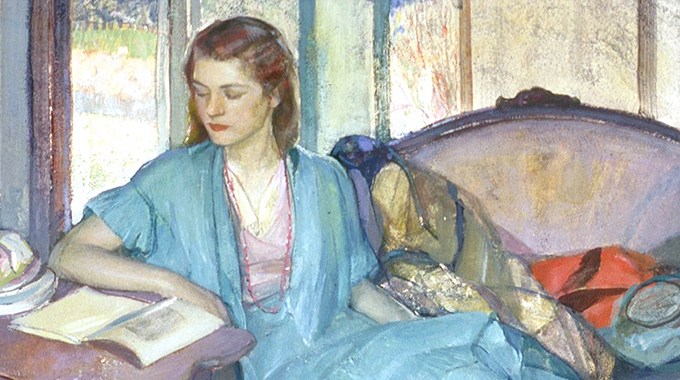I wrote this for a Facebook posting, and thought I might as well post it here and on my Car Style Crtic blog.
It was almost exactly 12 years ago that I got involved with blogging. Since then I’ve written more than 2000 blog posts.
The first blog for me was the late, lamented (because it was pretty popular) 2Blowhards blog. The guy running it was Ray Sawhill who wrote bylined articles on art and culture for Newsweek magazine in the 1980s and 90s. Ray blogged using the nom-du-blog “Michael Blowhard” in order to maintain separation from his Newsweek day job. The other Blowhard was “Friedrich von Blowhard,” a Princeton buddy of Ray’s based in Los Angeles.
The blogging software they used was primitive by today’s standards — an important defect being that post drafts couldn’t be stockpiled for later publication scheduling. That meant each post had to go live shortly after it was written. That put strain on the bloggers who wanted content flowing at the rate of one or two posts per day in order to keep readers interested and returning to see what was new.
So for some reason Ray pulled me from the commenter ranks to full-time 2Blowhards blogger to ease the load on the original 2. Except that I posted using my actual name.
At first, I was worried that I could maintain a reasonably high rate of posting. I knew I had perhaps a dozen really nice items that I could write up, but after that? You see, I recalled what happened when old vaudeville stars such as Eddie Cantor first appeared in TV “specials.” They used the good stuff that they’d honed over decades on stage, so their first show would be a wowser. After that, in future specials, their material wasn’t nearly as good due to lack of testing.
So I resolved to hold back on my so-called good stuff and write what came to mind each day. And it worked. As far as I recall, I never used up the “good stuff.”
Here’s the deal. Be sure to blog on topics you know something about. Then you must stay alert and notice things related to those subjects that might serve as hooks for posts. It’s even better if you can relate whatever it might be to similar or opposite examples, because that can make for a deeper, more interesting post. Apparently, it’s a special skill set: Ray Sawhill once told me that he thought I was “a natural blogger.”
Eventually, after his Newsweek buyout, Sawhill tired of 2Blowhards and turned it over to me. I carried on for a few months and finally decided to strike out on my own. My first blog, Art Contrarian, debuted in 2010. It is based on the idea that modernism in art was an experiment that largely failed. More interesting work had been done by more traditional painters in the late 1800s and early 1900s. Illustration, architecture and industrial design are other subjects I treat.
I’ve always been interested in automobile styling, so in 2013 I started Car Style Critic blog. I post two articles per week on each blog and maintain a backlog of two or three months’ worth of post drafts. Readership for each blog is several hundred page views daily, which is good enough for me.


























































